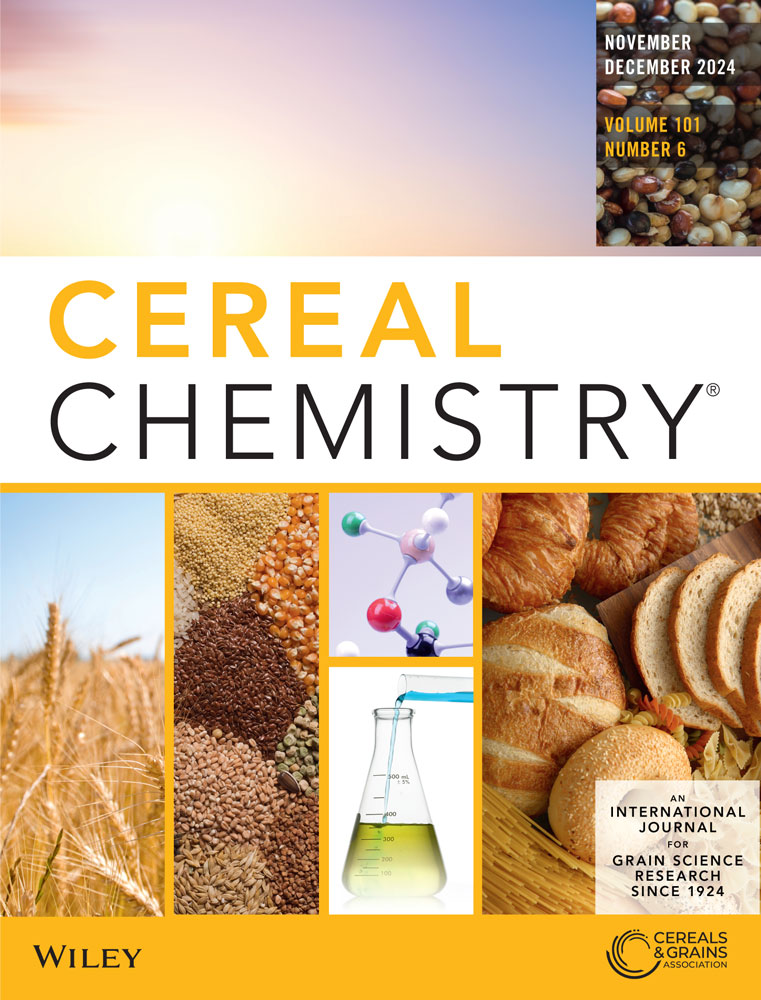Effect of Milling on the Functional Properties of Rice Bran Protein Isolates of Long-Grain Cultivars and Their Utilization in Gluten-Free Muffins Production
Abstract
Background and Objectives
Assessing the functional properties of proteins is essential for effective use of newly discovered protein-rich materials. There has been a lack of information regarding the influence of degree of milling (DoM) on the functionality of rice bran protein isolates (RBPIs) from bran of long grain indica rice cultivars (PUSA1121 and PR111). Hence, the study was designed to investigate the proximate composition, functional properties, protein profiling, and secondary structure of RBPIs. Moreover, the potential application of PIs derived from both cultivars for the preparation of starch based gluten free (GF) muffin was studied.
Findings
Both cultivar and DoM significantly influence the functional properties of RBPIs and their suitability for muffin formulation. A notable change in secondary structure of RBPIs with extended DoM due to the inclusion of endosperm-specific proteins in rice bran was observed. Starch-based muffins enriched with RBPIs from both cultivars showed desirable texture and sensory attributes. Crust color and physical traits of GF muffins were influenced by cultivar, DoM, and PC. RBPIs of PUSA1121 at 8% DoM yielded muffins with the most desirable textural and sensory properties.
Conclusion
Both cultivars and the varying DoM have substantial impact on the protein quality and functional properties of RBPIs. The study demonstrated the promising potential of RBPIs as functional food ingredients, with implications for enhancing nutritional and textural attributes of GF muffins and potentially baked other.
Significance and Novelty
This study highlights the innovative use of RBPIs from two cultivars and DoM in starch-based muffins, demonstrating their functional potential in baked products. The inclusion of RBPIs improved both sensory appeal and overall product quality, demonstrating their potential as an economical plant protein source for bakery formulations.

 求助内容:
求助内容: 应助结果提醒方式:
应助结果提醒方式:


